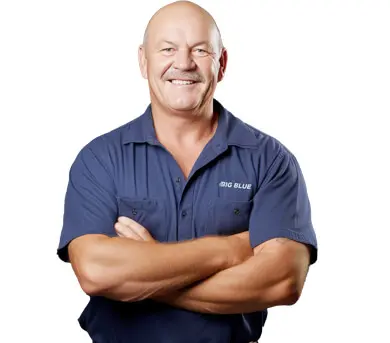Every time you flush, there’s that irritating gurgling sound. It might just be air in the pipes, but what if it’s more serious? The idea of a cracked or busted underground pipe can be really unsettling—all those thoughts of messy excavations and big bills.
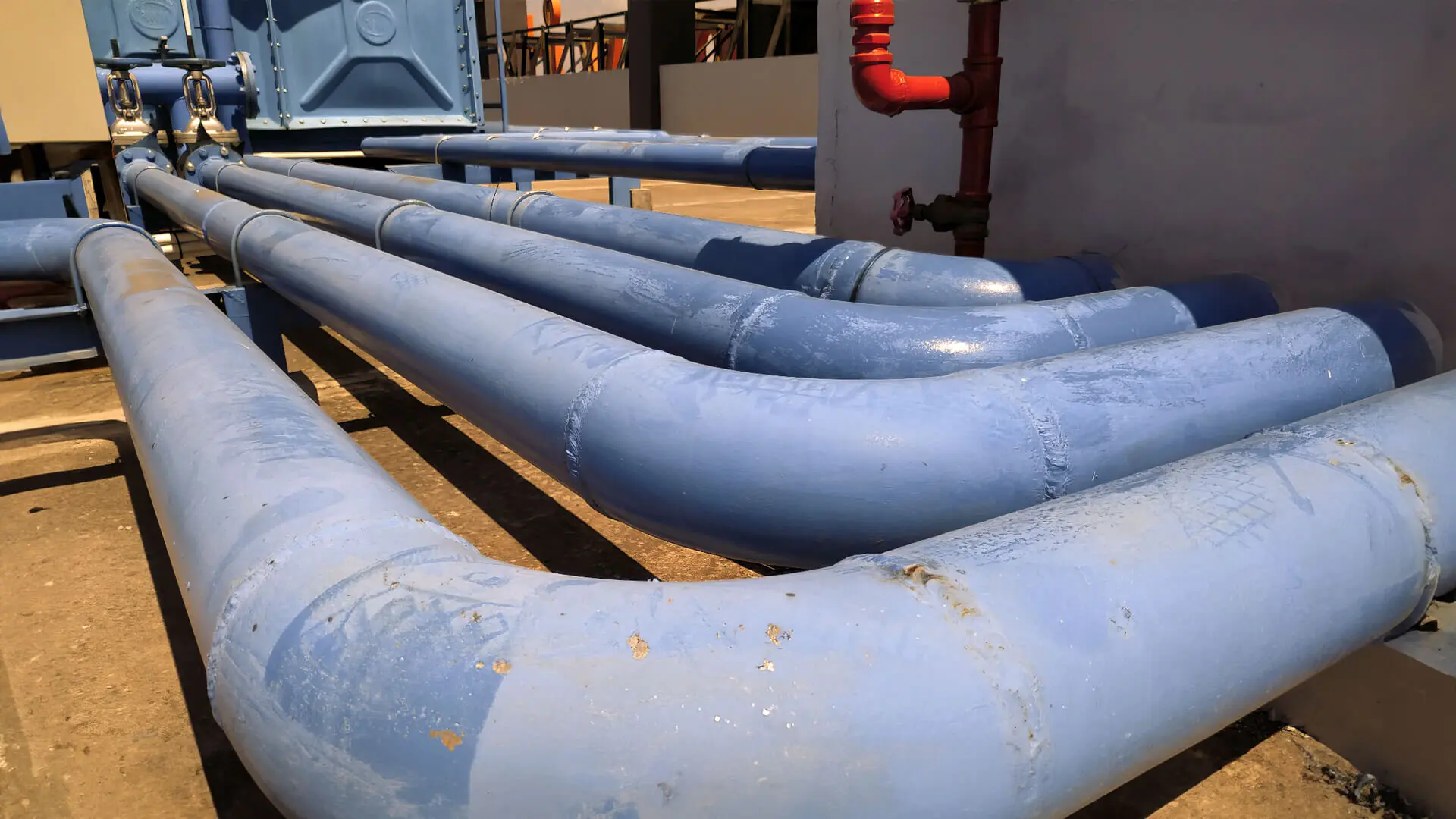
But there’s hope on the horizon! Pipe relining offers a no-dig solution for damaged pipes. This clever method creates a new pipe within the old one, getting everything back to normal without tearing up your garden or floors. Sounds ideal, doesn’t it?
But before you jump on the pipe relining bandwagon, a crucial question lingers: how long will this fix last? Knowing the lifespan of pipe relining is vital for any homeowner considering this repair method.
After all, you want a solution that provides long-lasting peace of mind, not a temporary band-aid.
The Benefits of Pipe Relining
Traditional pipe repair means digging up damaged sections, which causes a lot of disruption. Pipe relining, on the other hand, is a modern fix that doesn’t require all that extensive digging.
The pipe relining process involves inserting a resin-saturated liner into the existing damaged pipe and curing it in place using UV light or heat, essentially creating a new pipe within the old one.
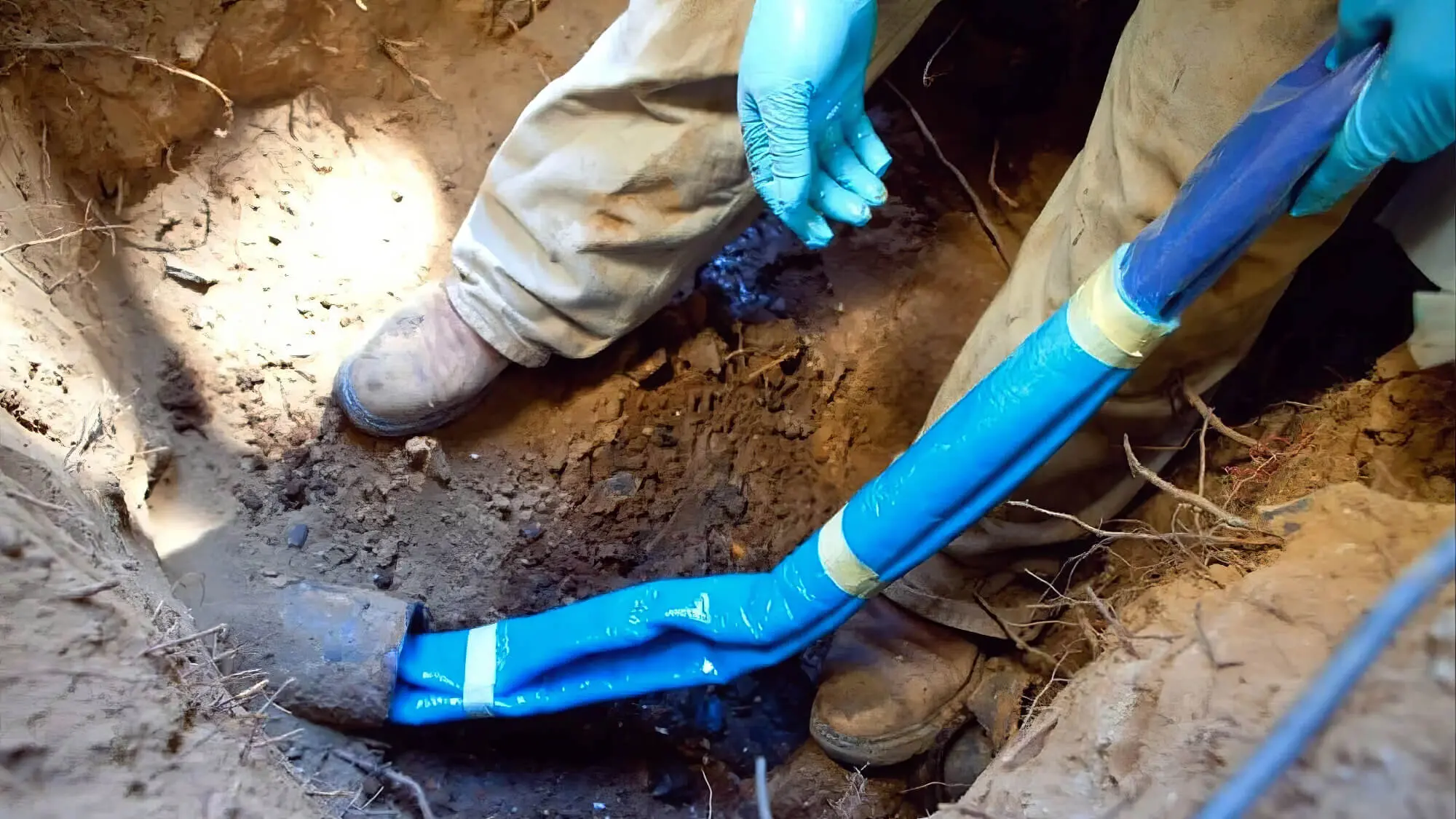
Pipe relining eliminates the need for costly and time-consuming excavation, making it a more cost-effective solution for pipe repairs.
The process causes minimal disruption to the surrounding landscape, requiring only small access points to the existing sewer pipe. Additionally, depending on the extent of the damage, pipe relining projects can be completed much faster than traditional pipe repair methods, often within a single day.
Pipe relining improves water flow by creating a smooth, new lining within the existing pipe and reduces the likelihood of future blockages caused by tree roots, debris, or cracks.
The durable epoxy resin used in pipe relining products is resistant to harsh chemicals. It canlast up to 50 years with regular maintenance, offering long-term savings on plumbing and restoration costs for both residential and commercial properties.
Understanding Pipe Relining Lifespan
Pipe relining is a cost-effective, long-lasting solution for repairing damaged sewer pipes and plumbing systems. The process involves inserting an epoxy resin liner into the existing pipes, which is then cured using air pressure.
This creates a new, seamless pipe within the old pipes, effectively addressing issues like cracks, leaks, and root intrusion without requiring extensive excavation.
One of the most significant advantages of pipe relining is its longevity. The relined pipes can often outlast the original PVC pipes or other plumbing materials.
Manufacturers often provide warranties and guarantees ranging from 35 to 50 years for their pipe relining products, giving property owners peace of mind and protection against future leaks and water damage.
However, it’s essential to note that a relined pipe’s lifespan can vary depending on several factors. The quality of the installation, the expertise of the plumbers or experienced professionals performing the work, and the existing pipes’ overall condition before the relining process all play a role in determining how long the pipe relining will last.
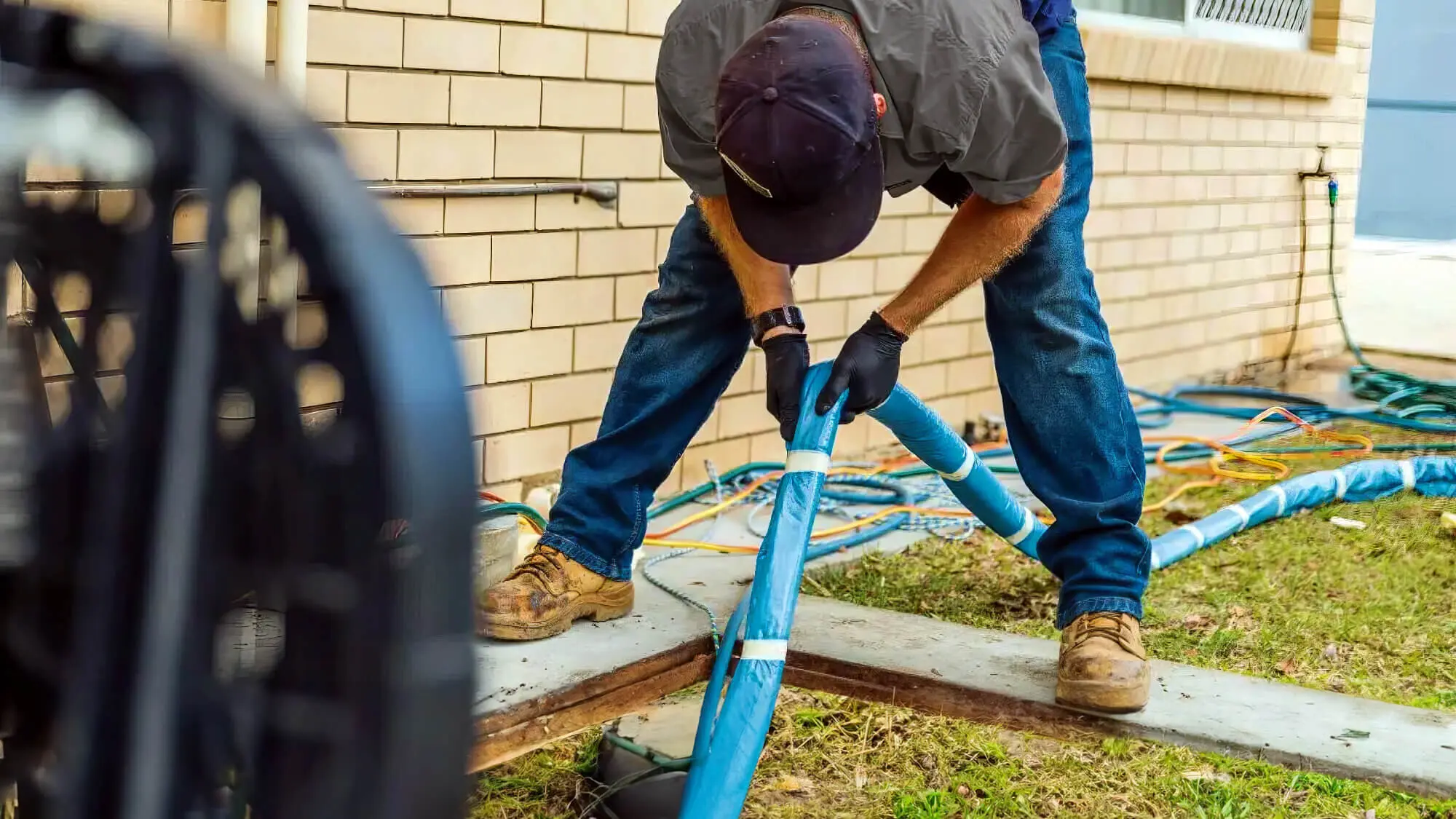
Working with reputable plumbers who follow industry best practices is crucial to ensuring the best possible outcome and longevity. The first step in the relining process is to thoroughly inspect the sewer lines using a high-pressure water jetter and other diagnostic tools.
This helps identify the most common causes of pipe damage and ensures that the relining process is tailored to the plumbing system’s specific needs.
In the long run, pipe relining offers a durable and cost-effective alternative to replacing entire sections of damaged pipes.
With proper installation and maintenance, a relined pipe can provide reliable service for decades, making it a smart investment for property owners looking to protect their plumbing systems and avoid costly water damage in the future.
Factors Affecting Pipe Relining Lifespan
In Australia, pipe relining is a go-to for trenchless sewer repair because it’s minimally disruptive and lasts a long time. But how long does pipe relining last? While it often lasts over 50 years, various factors can affect its longevity.
Types of Pipe Relining Methods
Various pipe relining methods are available, each with slight variations in lifespan. Cured-in-place pipe (CIPP) lining is a common method that involves inserting a resin-coated liner into the damaged pipe.
Epoxy lining, another popular option, applies a coat of cured epoxy resin directly to the inner pipe wall. Consulting a qualified plumber can help determine the most suitable relining method for your specific needs.
Importance of Material Quality
The quality of materials used in pipe lining significantly impacts its lifespan. High-quality epoxy resin and lining materials offer superior resistance to corrosion, chemicals, and temperature fluctuations, ensuring a longer-lasting repair.
Don’t hesitate to ask your chosen plumber about their pipe relining materials.
Professional Installation Matters
Professional installation is paramount for achieving a long-lasting pipe repair.
Licensed and experienced plumbers are well-versed in proper installation procedures, ensuring the liner adheres seamlessly to the existing pipe. Improper installation can compromise the integrity of the relining and potentially lead to future problems.
Suitability for Pipe Damage
Pipe relining is most effective for addressing specific types of pipe damage, such as cracks, leaks, and minor root intrusion. Additional reinforcement or even full pipe replacement might be necessary for severely damaged pipes with significant cracks or holes.
Consulting a licensed plumber for a proper inspection will help determine the best course of action.
Existing Pipe Condition
The overall condition of your existing pipes also plays a role in the lifespan of your relining. Pipes with extensive corrosion or severe deterioration may not benefit as much from relining. A thorough inspection will reveal the extent of the damage and determine if pipe relining is the most suitable repair method.
Impact of External Factors
Finally, external factors can also affect the lifespan of relined pipes. Tree root intrusion, ground movement due to unstable soil conditions, or improper drainage can put stress on the pipes and potentially shorten their lifespan.
Maintaining a healthy distance between trees and your sewer line, addressing any drainage issues, and ensuring stable soil conditions around the pipes can help extend the life of your relined sewer system.
By understanding these factors and choosing a qualified plumber who uses high-quality materials and adheres to proper installation procedures, you can maximise the lifespan of your pipe relining and enjoy a trouble-free sewer system for many years to come.
Maintaining Pipe Relining for Longevity
Pipe relining offers a long-lasting solution for damaged sewer pipes. While properly installed relining requires minimal ongoing maintenance, there are simple steps homeowners can take to maximise its lifespan.
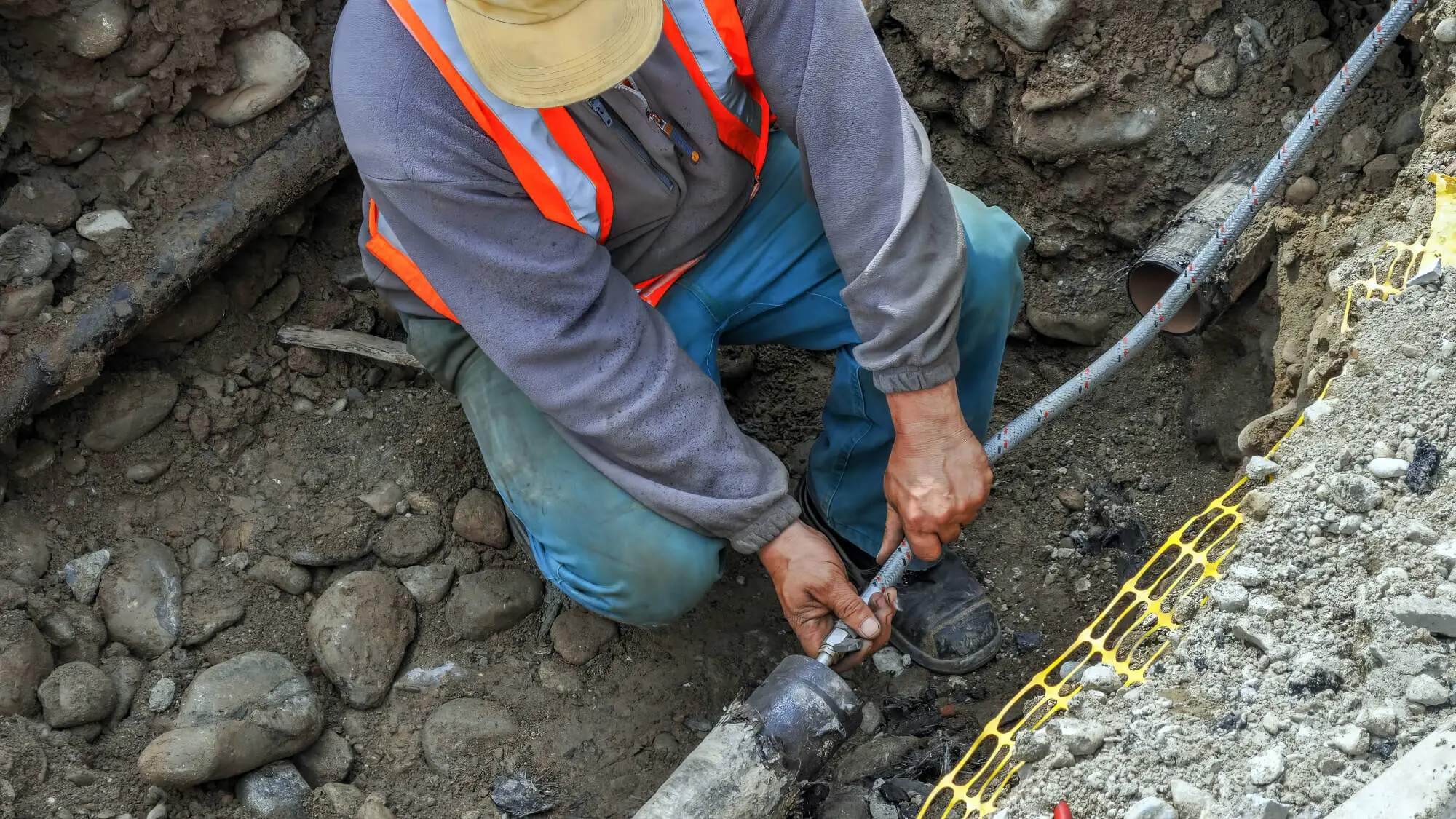
Regular tree root control is crucial: Tree roots can penetrate even small cracks in sewer lines, causing further damage to the relined pipe. Prevention is key, so consult a qualified arborist for advice on managing tree root growth near your sewer pipes.
Everyday habits also play a part: Avoid pouring grease, oil, or harsh chemicals down the drain. These substances can solidify and clog drains, putting stress on the relined pipe. Opt for natural drain cleaners like baking soda and vinegar instead.
Consider booking occasional inspections with a licensed plumber. They can use specialised cameras to check inside your relined pipes, catching any potential issues early. This proactive approach can save you time, money, and a lot of plumbing headaches down the track.
Strong Pipes, Lasting Peace — Pipe Relining Done Right
Pipe relining offers a long-lasting solution to damaged pipes, potentially lasting for decades and exceeding manufacturer warranties. However, several factors can influence its lifespan.
If you’re unsure about the condition of your pipes or if pipe relining is the right option for you, don’t hesitate to contact Big Blue Plumbing.
Big Blue Plumbing boasts a team of experienced and licensed plumbers who are well-versed in pipe relining techniques.
We offer free consultations and quotes to assess your specific needs and recommend the most appropriate solution. Let Big Blue Plumbing ensure your pipes function smoothly for years to come. Contact us today!
